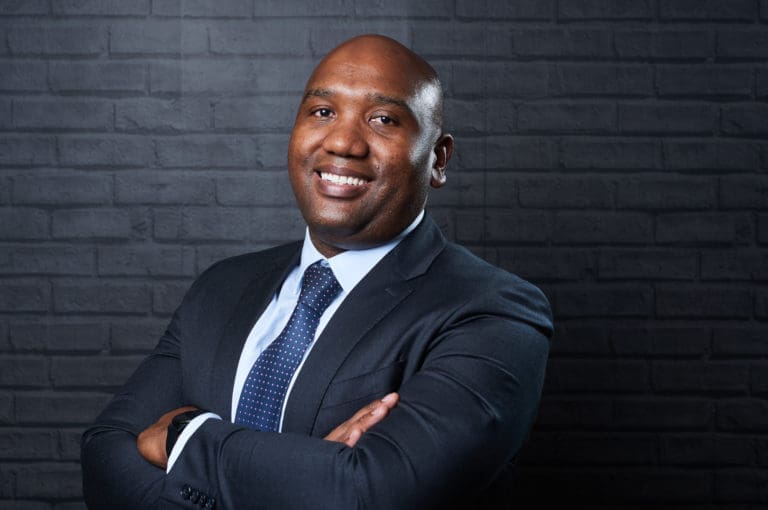For hundreds of years banks have put financial excellence at the heart of their operations. But as traditional banks rush to compete with the nimbler fintechs and digital-only challenger banks, too many leaders are neglecting the human element of their digital transformation programmes and the result of this neglect could end up costing them far more than many imagine.
A 2022 EY research report has found that businesses that put humans at the centre of their transformation efforts are 2.6 times more likely to succeed. For many banks, paying attention to the human element simply means designing the best possible user experience and making great talent decisions. But the same EY study showed that a transformation’s success or failure is rooted in human emotions, saying negative emotions among workers increase by 25% in successful transformations, but by more than 130% during underperforming transformations.
“There are a number of emotive issues that come up when companies embark on any kind of transformational work. Firstly, the product owners feel like they have a vested interest in any new additions or changes to their existing systems and this can provoke a territorial response. Secondly, people worry about their relevance and question their job security when a new platform is introduced and manual tasks are automated,” explains Richard Kadiaka, Co-Regional Managing Director Southern Africa and Palops at Network International.
Kadiaka says that while businesses can never totally eliminate redundancies, they can look at reskilling and repurposing to help staff retain or even improve their positions within the company.
“When embarking on a transformation or a managed services journey the conversations will generally focus heavily on the commercial aspects. Companies are bent on ensuring the numbers, capability and functionality all make sense. But we have found that far too often the human element is tacked onto the end of the discussion as an afterthought, and this can result in a world of pain,” Kadiaka shares.
Kadiaka warns that not attending to the emotional needs of the staff can result in significant disruption and damage to the transformation journey.
“If you haven’t engaged, if you haven’t included your people at the start of the journey, this won’t just set you back but could shut you down entirely. Consulting with teams from the start and making sure they are aware of every aspect of the journey ahead, as well as their part in it, is the only answer. The decision to proceed must be made at an organisational level with buy-in from everyone. We saw a project shut down after three years of planning and being awarded because the organisation realised it hadn’t done enough to build buy-in. This was an expensive lesson,” he says.
Tapping into an innate hunger to learn and grow
One of the best ways to get team members onboard with organisational change is to allow them the opportunity to extend their skills.
“When people are given an opportunity to learn new skills and improve their position, their level of excitement and buy-in to the new project grows exponentially. When you acknowledge the need for a ‘what’s-in-it-for-me’ approach to your change management you are tapping into our basic human nature,” Kadiaka says.
Unfortunately, Kadiaka says these conversations often happen too late, or sometimes not at all.
“Leaving things too late or simply choosing not to communicate at all can cripple employees. Opting for incremental changes that result in small positive gains will mean your company can retainemployee commitment” he says, adding that a change manager should be a part of any RFP and work with the committee and identify and collaborate with impacted teams.
A shared vision minimises concern
Another proactive approach is for the company leadership to share their vision for the future, go through the rationale for the coming changes, and map out the road ahead. Kadiaka says it’s this open communication that can empower teams to ask questions and allay concerns.
Kadiaka uses his own company as an example of how transformational change can be effectively handled when leaders begin detailed and early conversations across the team.
“The work we did to ensure we can offer on-soil processing took a good deal of time and work, it started with company-wide conversations and ensured that we understood all the pitfalls and opportunities that could come as a result of the changes. By tapping into the collective we knew we had covered all the ground needed to make sure we have our employee and clients’ needs covered,” he says.
For the more traditional banks looking to rapidly digitise their offerings across all channels, the sheer level of work can seem daunting.
“Born-digital banks may have technology as part of their DNA, and it can be hard for traditional banks. You can incentivise your customers to use your new digital channels, but you can also incentivize your branch workers to upskill to serve customers on those new channels. Giving them a chance to learn how to help customers with more complex issues while the AI and automation technology takes care of the low-complexity, high volume issues for you and your end-users,” he says.
Kadiaka also advises companies to consider using gig platforms to help their teams properly explore what more they could be doing in the transformed company.
“Successful transformation can give you an unprecedented advantage in a digital economy. Companies that ignore the human element are setting themselves up for certain failure. Working with a partner who can get to grips with this challenge from the outset will ultimately save costs down the road and could be the difference between success and failure,” he sums up.
